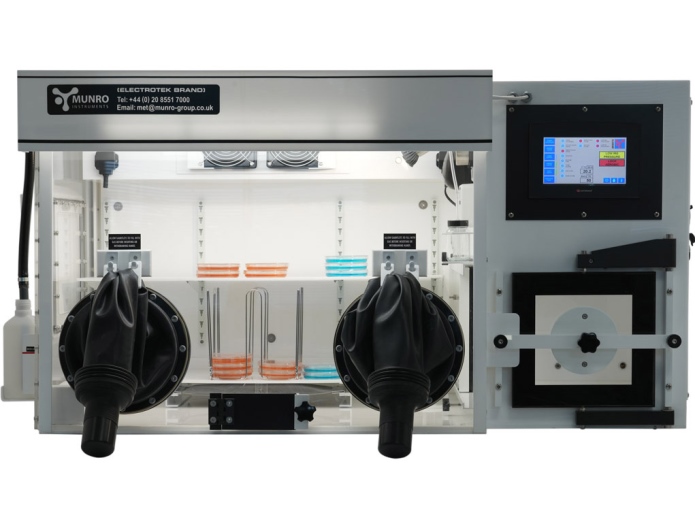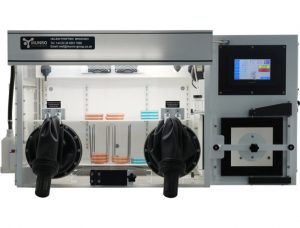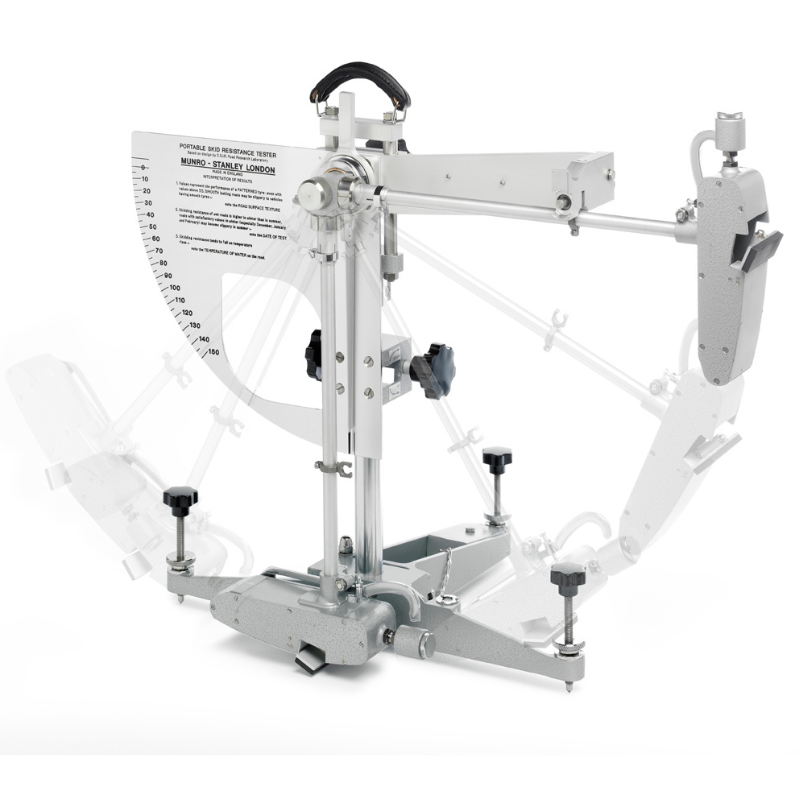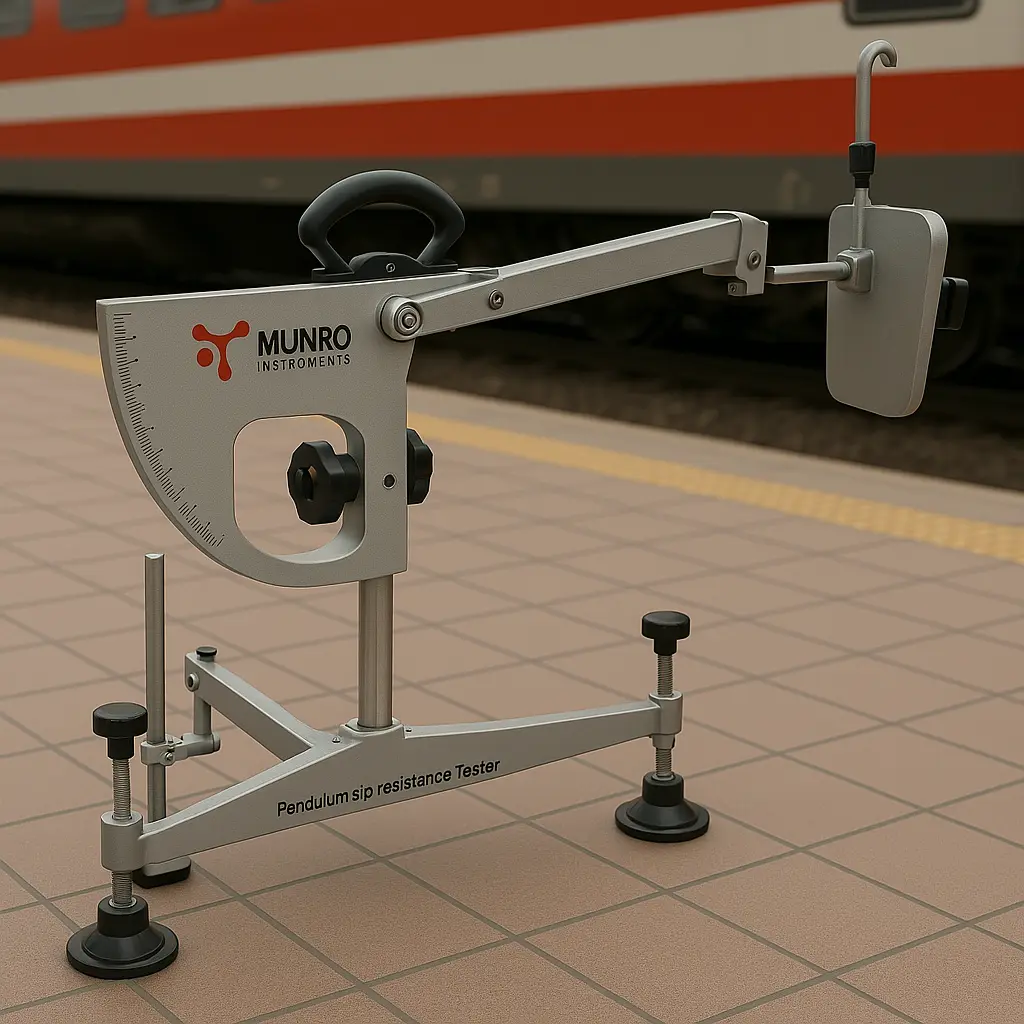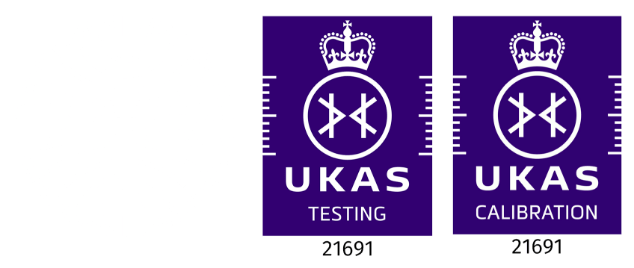A hypoxia chamber (also known as a hypoxia workstation or low-oxygen incubator) is a specialized laboratory environment designed to precisely control oxygen, carbon dioxide, nitrogen, humidity, and temperature levels.
These systems are essential for researchers studying cellular behavior under reduced-oxygen (hypoxic) conditions, replicating in-vivo environments that are crucial in cancer biology, tissue engineering, and pharmacological testing.
1. Primary Purpose of a Hypoxia Chamber
The main goal of a hypoxia chamber is to create and maintain a controlled low-oxygen atmosphere for cell and tissue culture.
By doing so, scientists can mimic physiological and pathological oxygen levels found in living organisms, allowing the study of:
- Tumor cell metabolism and angiogenesis
- Ischemic or hypoxic injury in tissues
- Oxygen-dependent gene expression
- Drug responses under hypoxia
- Stem cell differentiation and proliferation
2. Research Fields That Commonly Use Hypoxia Chambers
These chambers are indispensable across multiple disciplines:
- Cancer research: tumor microenvironment studies and chemotherapy resistance
- Neuroscience: brain ischemia and neuronal survival
- Cardiology: myocardial hypoxia and ischemic preconditioning
- Stem cell research: control of pluripotency and differentiation pathways
- Pharmacology: testing oxygen-sensitive drugs
- Microbiology: anaerobic or microaerophilic bacterial culture
3. Advantages Over Chemical Hypoxia Induction
Chemical induction (e.g., cobalt chloride or deferoxamine) can simulate hypoxia artificially, but it lacks precision and introduces cytotoxic effects.
A dedicated hypoxia chamber offers significant benefits:
- Stable and repeatable control of O₂, CO₂, N₂, temperature, and humidity
- Non-toxic to cultured cells
- Rapid adjustment and recovery of set conditions
- Accurate long-term monitoring and data logging
- Sterile handling environment, minimizing contamination
This makes hypoxia chambers the gold standard for physiological hypoxia simulation.
4. Typical Oxygen Concentration Ranges
Modern chambers provide highly adjustable oxygen control:
- 0.1% to 20% O₂, with increments as fine as 0.1–0.5%
- Normoxia: ~21% O₂
- Physiological hypoxia: 1–5% O₂
- Severe hypoxia: 0.1–1% O₂
- Anoxia: ~0% O₂
Such precision allows researchers to replicate both mild and extreme hypoxic conditions.
5. Styles and Sizes of Hypoxia Chambers
Hypoxia chambers come in various configurations to suit different experimental needs:
| Type | Description | Applications |
| Benchtop hypoxia workstations | Compact units with integrated incubators | Ideal for cell and tissue culture |
| Modular glovebox systems | Sealed chambers with glove ports | For long-term culture or sensitive manipulation |
| Large animal chambers | Spacious enclosures with controlled airflow | Designed for small animal models |
6. Safety Considerations
Operating a hypoxia chamber involves careful management of compressed gases and sealed environments. Key safety measures include:
- Proper gas cylinder storage and handling
- Regular leak testing for seals and fittings
- Adequate ventilation for N₂ and CO₂ exhaust
- HEPA filtration to prevent contamination
- Electrical and temperature safety checks
- User training on pressure and emergency shut-off protocols
7. Typical Cost of a Benchtop Hypoxia Workstation
A high-quality benchtop hypoxia workstation generally costs between $20,000 – $45,000 USD, depending on capacity and features.
For example, MUNRO offers advanced hypoxia systems with precise digital controls, integrated data logging, and ergonomic access ports, representing strong value for research and clinical institutions.
Technical and Operational Insights 🔬
- Sensor Precision and Calibration
- O₂ sensors: accuracy of ±0.1–0.5%, typically optical or galvanic types
- CO₂ sensors: ±0.1–0.3% accuracy, usually infrared (NDIR) based
- Calibration: every 6–12 months, or as recommended by the manufacturer
- Autocalibration routines are often built into advanced models like MUNRO HW-series chambers.
9. Temperature and Humidity Control
- Temperature range: 20 °C – 45 °C, stability ±0.1 °C
- Humidity: 60 – 95% RH via water reservoirs or ultrasonic humidifiers
- Fluctuation control: typically within ±1 °C and ±5% RH
- Continuous feedback ensures uniform incubation conditions for sensitive cultures.
10. Gas Consumption and Efficiency
- Typical flow rates:
- N₂: 0.5–2 L/min (during pull-down phase)
- CO₂: 0.1–0.5 L/min (maintenance)
- Economy mode: Once equilibrium is reached, consumption decreases dramatically.
Efficient regulation valves minimize wastage and cost of operation.
11. Airlock and Pass-Through Mechanism
Most advanced workstations feature an interlock (airlock) chamber that allows material transfer without disturbing the main environment.
- Double-door isolation system
- Automatic purge cycle with nitrogen flush
- Typical capacity: 60 Petri dishes + 1 individual entry
- Cycle time: 2–5 minutes for O₂ stabilization
This ensures sterile and consistent conditions during sample handling.
12. HEPA Filtration and Air Exchange
- Filter rating: HEPA H14 or higher
- Efficiency: ≥99.995% particle removal for ≥0.3 µm
- Air exchange rate: typically 20–30 changes/hour
- Maintains particle-free, contamination-resistant atmosphere even during long-term cultures.
13. Pull-Down Time (to Reach Set O₂ Level)
The “pull-down time” refers to how quickly the chamber achieves the desired O₂ concentration:
- From 21% → 1% O₂: typically 15–25 minutes
- From 21% → 0.1% O₂: 30–40 minutes
- Automated purge sequences and pre-mix gas systems further shorten this process.
14. Data Logging and Remote Monitoring
Modern hypoxia chambers are equipped with digital control panels and network interfaces.
Features include:
- Continuous data logging (O₂, CO₂, T, RH)
- USB or Ethernet connectivity
- Real-time remote monitoring via PC or smartphone
- Automatic alarm notifications for deviations
MUNRO systems, for instance, integrate cloud-ready monitoring options ideal for GLP and GMP-compliant labs.
15. Maintenance Requirements
Routine maintenance ensures consistent performance and extends system lifespan:
| Component | Maintenance Task | Frequency |
| Seals & gaskets | Inspect and lubricate | Monthly |
| Glove ports | Replace worn gloves | Every 3–6 months |
| Internal surfaces | Clean with sterile wipes | Weekly |
| Sensors | Calibrate & test | Every 6–12 months |
| HEPA filters | Replace | Annually or as needed |
Preventive care minimizes contamination and guarantees accurate atmosphere control.

